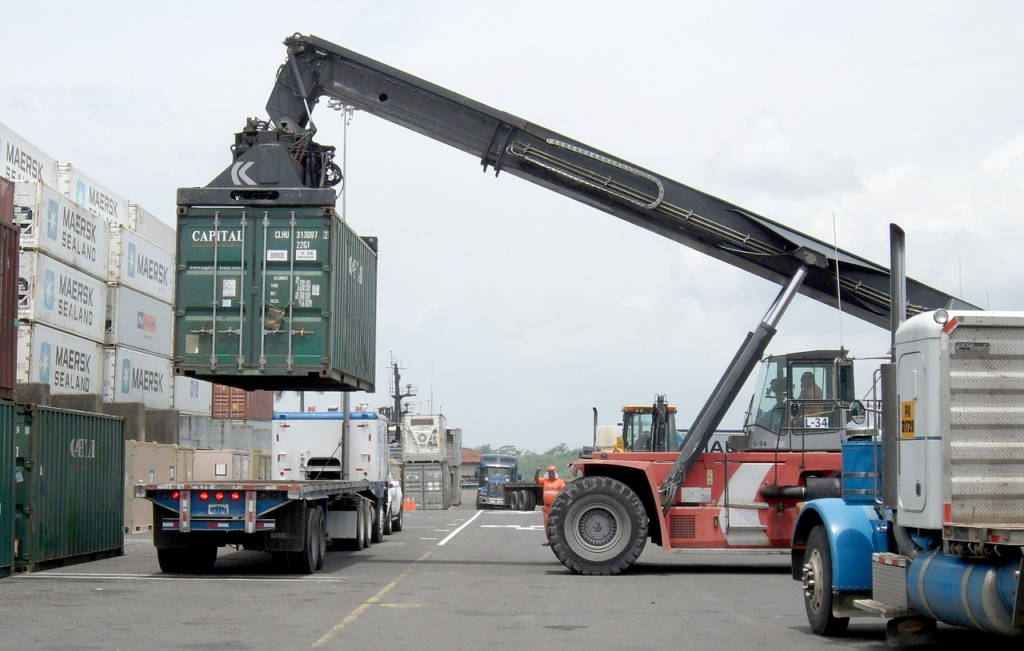Flatbed trucking is a very niche market within the whole trucking industry, since it involves a series of special knowledge and skills. Understanding the little things with this particular type of transport is important whether you are a new flatbed truck driver or an established one in refining your skills. From securing loads to tackling a range of different types of terrain, flatbed trucking offers a number of challenges that must be met through attention to detail, a commitment to safety, and knowledge of industry best practices. Here are some key tips for flatbed trucking that will put you on the road to success and ensure your cargo arrives safely and on schedule. Visit HMD site and use those tips on flatbed truck driving job https://www.hmdtrucking.com/truck-driver-jobs/flatbed/
Understanding the Basics of Flatbed Trucking
Flatbed trucking: this would incorporate loads that are too large for a standard enclosed trailer to house. Examples include oversized equipment, construction materials, large machinery, and such heavy-duty items. The openness of flatbed trailers exposes cargo to the elements which makes the proper securing and covering of loads very important in protecting items in transit.
First to learn about flatbed trucking is how weight is distributed. Being sure the load is balanced properly across the trailer is not only important for safety reasons but also to keep the driver within legal weight limits. If one side of the trailer becomes overloaded, it could set up a driving environment that may be hazardous, increase wear and tear on the vehicle, and perhaps even fines. This will help in distributing the weight evenly across the trailer and maintain control over the truck to prevent accidents.
In addition, load securing is another crucial facet of flatbed trucking. While enclosed trailers have sides and roofs to provide partial containment of loads, the flatbed relies on tie-downs, chains, among other mechanisms, for holding the loads in place. It is relevant, therefore, that appropriate equipment and techniques are applied in the securing of loads to ensure that the loads do not shift during transit-a precursor to accidents or damage to cargo.
The Importance of Safety in Flatbed Trucking
The nature of the cargo transported makes safety important for any type of trucking, but there is an added priority when it comes to flatbed trucking. Because the design of flatbed trailers is open, any items that are loose can easily become a dangerous projectile on the road unless properly tied down. It also means that your tie-downs and chains should be checked regularly for anything that may come loose during transit.
Personal safety is also another great issue of concern. Most of the time, loading and unloading flatbed trailers requires climbing onto the trailer, handling heavy equipment, and working in hazardous environments. Wearing your appropriate safety gear, including gloves, hard hats, and steel-toed boots, keeps you away from injuries. Be aware of your surroundings and lift appropriately to prevent accidents that might cause you not to be safe on the job.
The other aspect of safety in flatbed trucking is understanding and adhering to the legal regulations. This includes not just the weight limits and the load securement standards, but also hours of service regulations. The most contributing risk factor to any mode of transportation is fatigue, and adherence to hours of service guarantees that you’re always awake and capable of handling your vehicle safely.
How to Safely Secure Loads on a Flatbed Trailer

The securing of loads on a flatbed trailer both requires knowledge and practice. How you prepare the cargo is pretty much determined by what you have on, but most flatbed loads do share some general tips. First, always use high-quality tie-downs and chains appropriate to the weight and type of cargo. Regular inspection of equipment should be conducted for it to be in good condition. Worn or damaged items must be replaced immediately. When securing the load, ensure that the number of tie-downs used is adequate to attempt an even distribution of cargo. The FMCSA presents some minimum number of tie-downs required in relation to cargo length and weight.
Another trick is to make sure that the edges are protected with tie-down protectors, so when you are tying down cargo, its edges cannot cancel out your tie-downs due to sharp or abrasive edges on the cargo. This not only protects equipment but also makes sure that during transport, the load is tightly bound. You could even use tarps or other coverings over top of the cargo to prevent it from getting wet or exposing it to direct sunlight if you carry sensitive loads to moisture or sunlight.
Tackling Various Weather and Road Conditions
Flatbed trucking often involves longhaul routes, where you go through different weather conditions in different terrains. Preparation for such challenges is paramount in ensuring safety as well as the perfect condition of your cargo.
The first thing that comes to one’s mind when talking of such factors is how the weather affects the driving itself, but also how it can affect the condition of his cargo. Rain, snow, and ice can create slippery roads and longer stopping distances, so you should be able to adapt your driving accordingly. High winds create a hazard for flatbed loads-especially if you are carrying tall or light cargo. Reduce your speed and use caution on bridges and open roads to prevent accidents.
Another important part of being able to handle weather and road conditions is the planning of your route in advance. Always check the weather forecast and road conditions over your intended route before embarking on your journey. This way, you may be able to prepare for any problems and change your route if you think it would be better or delay your trip until it gets better.
Maintaining Your Equipment
Proper maintenance of your truck and trailer is one thing in flatbed trucking that plays a vital role. Since heavy cargo and long distances are mainly concerned, taking routine inspections and maintenance will be able to keep your vehicle in utmost condition and avoid the disappointment of road breakdowns.
Start with a proper pre-trip inspection, including properly inflated tires with adequate tread, good brakes, and all lights and signals working. Pay special attention to the points on the trailer to which the load will be secured, including anchor points for tie-downs and chains and straps in good condition. The ability to recognize potential problems before they happen will save a great deal of time and money and most importantly, help prevent accidents.
Ongoing maintenance is also key to having your truck’s engine, transmission, and other important systems running at an optimal level. Follow the suggested schedule put out by the manufacturer for doing maintenance on your particular rig and making any necessary repairs before they become expensive to fix. You are also able to keep the most effective records of your maintenance activities in order to keep you on track with what needs to be done and helps your vehicle to remain in a continual state of compliance.
Building a Successful Career in Flatbed Trucking
Unique problems, of course, have unique opportunities for flatbed truckers. It is of great importance that one builds one’s career with constant skill enhancement, being informed about the current happenings in the industry, and maintaining a commitment to safety.
Building relationships with other operators and individuals in the industry can also provide valuable insights into the specifics of a business and help you stay up to date with changes in best practices. You might join industry associations or take part in online forums where you could meet other professionals and learn more.
Another vital part of being successful as a flatbed trucker is choosing the right company that you want to work for. HMD Trucking operates amongst industry leaders and offers its drivers very competitive pay, excellent benefits, and a great working environment. Concerned with safety, quality, and driver satisfaction, HMD Trucking will give you all the necessary tools to help you progress in your career. Please visit their website and read about all the available opportunities for yourself-why so many drivers operate under HMD Trucking.
Conclusion
Flatbed trucking is an exciting but very demanding career in which a person must pay more heed to safety, details, and continuous improvement. Having said this, it becomes important for a driver to enhance his or her skills and knowledge in order to ensure safety and proper transportation of the cargo for a successful career path within the industry. Whether you’re just getting started or trying to take your career to the next level, the right knowledge and the right employer, such as HMD Trucking, can be the difference between rising high or getting stuck in some rut.






